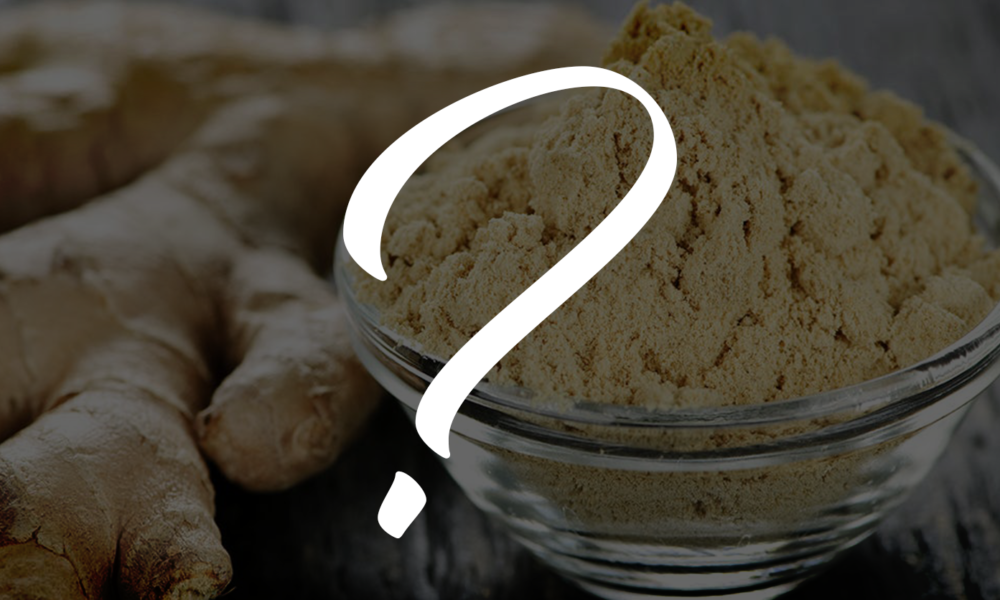

Foods for Athletic Performance and Recovery
We’ve explored the use of spinach for athletic performance and recovery, attributed to its “anti-inflammatory effects.” But most athletes aren’t using spinach to beat back inflammation. They use drugs, typically nonsteroidal anti-inflammatory drugs (otherwise known as NSAIDs, like ibuprofen, aspirin, naproxen, etc.) are used by up to 95% of collegiate athletes, and even three-quarters of kids playing high school football, including prophylactic use, in an attempt “to prevent pain and inflammation before it occurs. However, scientific evidence for this approach is currently lacking, and athletes should be aware of the potential risks, which include “gastrointestinal pain and bleeding, kidney damage, and liver damage”.
However, the study that freaked everyone out was published in the BMJ Open back in 2013. A study followed thousands of marathon runners, and showed five times the incidence of organ damage among those taking over-the-counter painkillers before the race. Nine were hospitalized: three with kidney failure after taking ibuprofen, four with gastrointestinal (stomach or intestinal) bleeding after aspirin, and two heart attacks, whereas none of the control group not taking painkillers ended up in the hospital. And, it looks like the drugs didn’t even help. According to the study: “Analysis of the pain reported before and after the racing showed no identifiable advantages gained from taking analgesics”; so, it appeared to just be all downsides.
What about using ginger instead? In that marathon study, the most common adverse effect of taking the drugs was gastrointestinal cramping. Ginger, in contrast to aspirin or ibuprofen-type drugs, may actually improve gastrointestinal function. For example, endurance athletes can suffer from nausea, and hey, ginger is prized for its anti-nausea properties. Yeah, but does it work for muscle pain?
.
.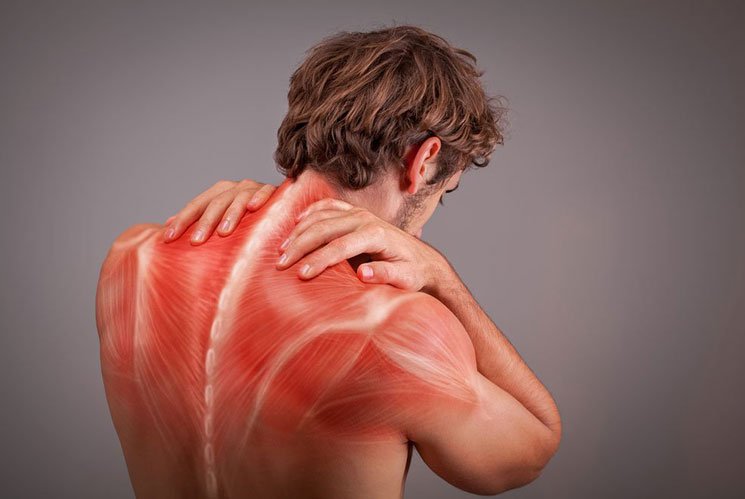
.
.
There’s been at least eight randomized, double-blinded, placebo-controlled trials of ginger for pain—everything from osteoarthritis, to irritable bowel, to painful periods. I’ve made videos about all those, as well as its use for migraine headaches. According to the Journal of Strength and Conditioning Research, overall, ginger extracts, like the powdered ginger spice you’d get at any grocery store, were found to be “clinically effective hypoalgesic [pain-reducing] agents and the available data show a better safety profile than non-steroidal anti-inflammatory drugs.” In some of the studies, the ginger worked better than in others, which is thought to be due, in part, to the different doses that were used, as there’s a strong dose-effect relationship. The best results, in terms of reduction of pain, were with one-and-a-half or two grams a day, which is a full teaspoon of ground ginger.
Ginger or NSAIDs
Nonsteroidal anti-inflammatory drugs work by suppressing an enzyme in the body called cyclooxygenase 2 (aka COX-2), which triggers inflammation. The problem is that the drugs also suppress cyclooxygenase 1 (aka COX-1), which does good things, like protect the lining of your stomach and intestines. So, since blocking of COX-1 is associated with gastrointestinal irritation, if only we could selectively just block the inflammatory COX-2, that would offer the best of both worlds. And, that’s what ginger seems to do. According to a study out of the University of Illinois (and published in a peer-reviewed journal called Fitoterapia—an entire journal dedicated to the medicinal use of plants), when you look at the effect of two ginger compounds against COX-1 , (the “good” one), there was no effect. (Which is what we’d hope for.) However, ginger can dramatically cut down on COX-2 (the pro-inflammatory one). Perfect!
Okay, so ginger may be ideal for fighting inflammation, but does it work for muscle pain? Not acutely. That is, you can’t just take it like a drug. According to a study in the International Journal of Sport Nutrition and Exercise Metabolism, if you give people a teaspoon of ginger before a bout of cycling, there was no difference in leg muscle pain over the 30 minutes. However, an article from the journal Phytotherapy Research showed that “ginger may attenuate the day-to-day progression of muscle pain.” Another study, published in Phytotherapy Research, showed that taking ginger five days in a row appears to “accelerate the recovery of maximal strength” following a high-load weight-lifting protocol. Put all the ginger studies together, and a single dose of ginger doesn’t appear to help, but a teaspoon or two for a couple days or weeks (say in a pumpkin smoothie or something), and you may be able to reduce muscle pain and soreness, and accelerate recovery of muscular strength.
.
.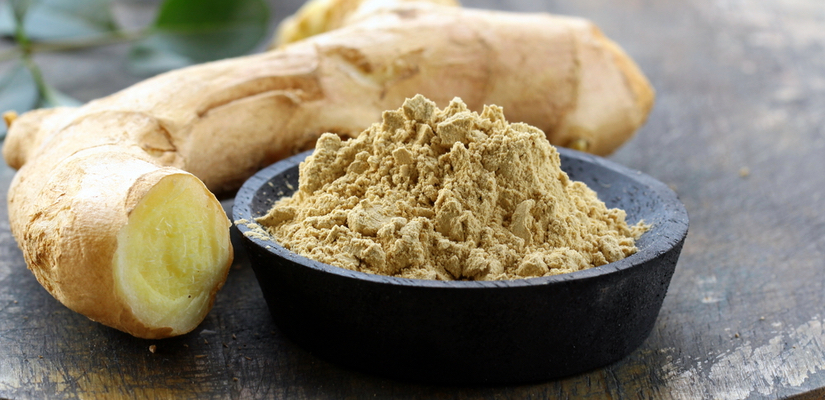
.
.
So maybe now you’re thinking about incorporating ginger into your routine, and maybe you’re wondering: Is fresh ginger preferable to powdered? Maybe not. There are all sorts of compounds in ginger with not terribly creative names (like gingerols, gingerdiols, and gingerdiones) but the most potent anti-inflammatory component may be a compound called shogaol. And, according to the Journal of Ethnopharmacology, “Interestingly, dried ginger contains more of the 6-shogaol than fresh,and this “justifies the use of dry ginger for traditional systems of medicine for the treatment of various illnesses due to oxidative stress and inflammation.” Why not then just give the extracted shogaol component in a pill by itself? Because, while each of the active ginger components individually reduces inflammation, some more than others, but the whole ginger is greater than the sum of its parts.
Safe, Natural, Inexpensive, Plant-Based Remedy
But you can boost the shogaol content of whole ginger by drying it. According to a study published in the journal Phytomedicine, the content of shogaol is boosted when ginger is dried. However, heating ginger may increase shogaol concentration even more; so, could heated ginger work better against pain than raw? You don’t know, until you put it to the test! According to the Journal of Pain (I know, it sounds more like a death metal band than a medical journal, doesn’t it!? It’s actually the official journal of the American Pain Society). Anyway, in an 11-day study, weight lifters were given either a teaspoon of raw ginger versus ginger that was boiled for three hours.. A significant reduction in muscle soreness a day after pumping iron in the cooked ginger group, and… the same benefit from the raw ginger. Either way, the study concludes that the “daily consumption of raw and heat-treated [dried] ginger resulted in moderate-to-large reductions in muscle pain following exercise-induced muscle injury.” Now that you know what the evidence says about ginger, I hope your next recovery can be a little easier with this safe, natural, and inexpensive plant-based remedy.
.
.
Dr. Greger is a physician, New York Times bestselling author, internationally recognized speaker on nutrition, food safety, and public health issues, and founder of NutritionFacts.org. Dr. Greger is a founding member and Fellow of the American College of Lifestyle Medicine and specializes in clinical nutrition. He is a graduate of the Cornell University School of Agriculture and Tufts University School of Medicine. Both his latest books, How Not to Die and the How Not to Die Cookbook, became instant New York Times Best Sellers and all of his book proceeds are donated to charity.
.
.
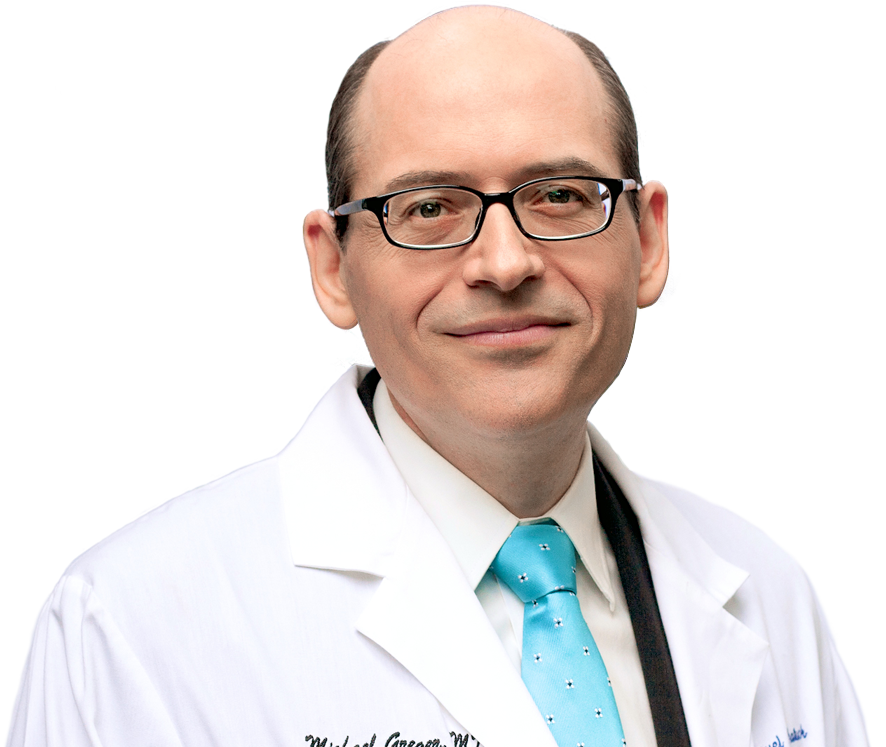
.
.







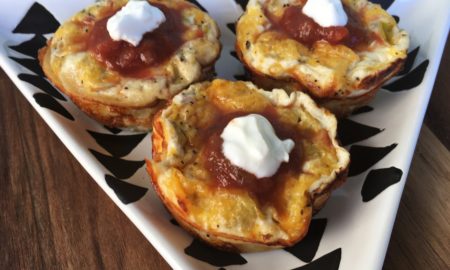












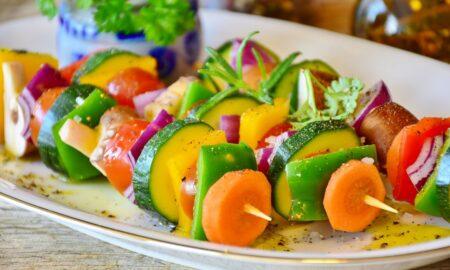

You must be logged in to post a comment Login